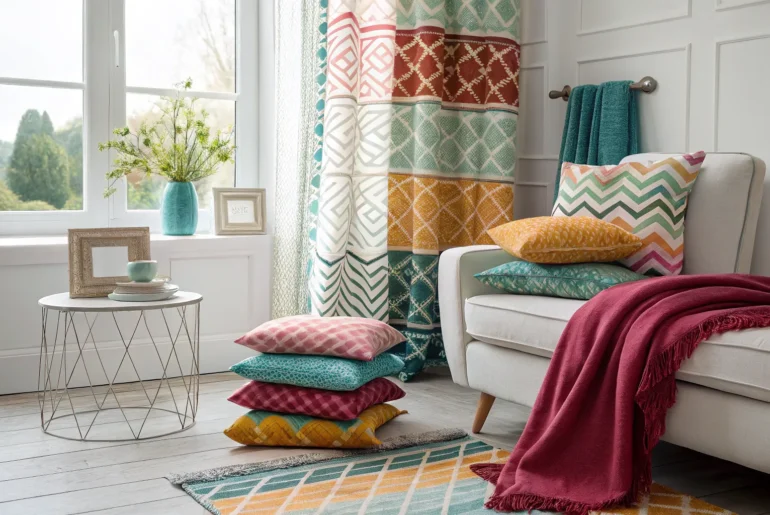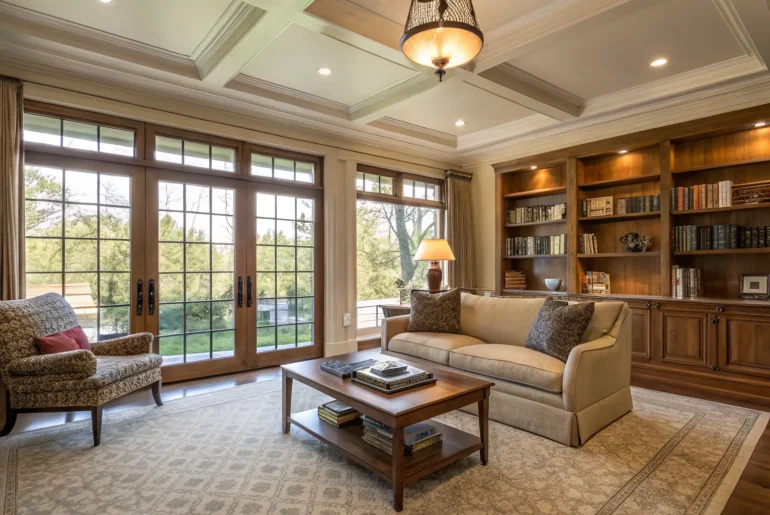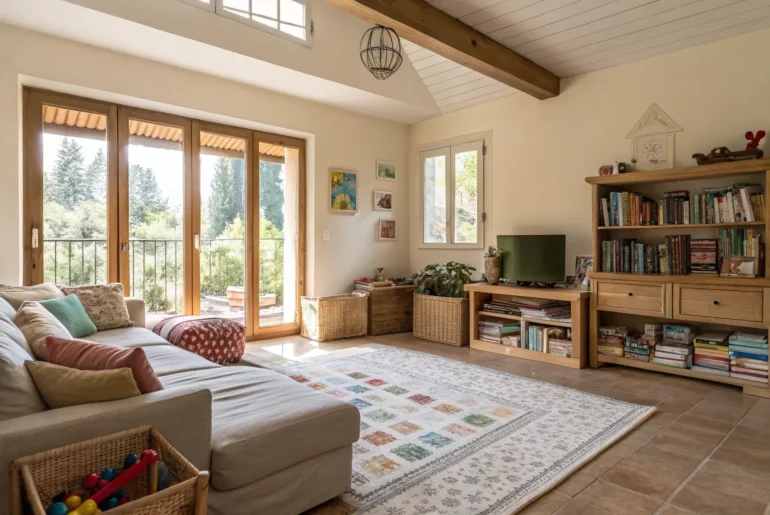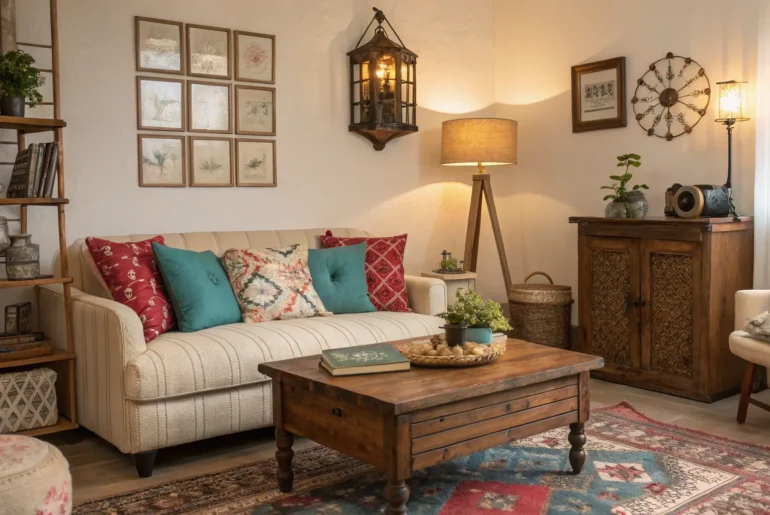A single fabric choice can transform an entire room from disjointed to harmonious. I’ve witnessed this transformation countless times throughout my career, and it never fails to inspire me how the right textile can serve as the unifying thread that pulls all design elements into perfect balance. The Foundation: Starting with Your Anchor Fabric Choosing the right anchor fabric is the first step in unifying your room’s design. When I begin any interior design project,…
In many modern homes, particularly new construction, rooms often lack the traditional architectural anchors that naturally draw the eye and organize the space. While fireplaces have historically served as the heart of a room, their absence doesn’t mean you can’t create an equally compelling focal point that brings warmth, character, and visual balance to your space. Understanding the Psychology of Focal Points Understanding how focal points affect the feel and flow of a living space.…
Your home is full of potential—even if it currently feels like a maze of cardboard. We’ll walk you through unpacking, settling in, and instantly improving both interior and garden spaces. You’ll find practical strategies, step-by-step checklists, and real-world examples you can adapt today. 1. Focus on the Essentials First Start with unpacking essential rooms for immediate functionality. You need a functioning home before styling it. Priority Rooms Checklist | Room | Key Tasks | |————-|—————————————————————————-|…
The most beautiful homes I’ve encountered in my practice aren’t the ones featured in glossy magazines—they’re the lived-in spaces where families have learned to embrace their imperfections and create genuine comfort within their constraints. In my years working with clients across diverse budgets and challenging spaces, I’ve discovered that the most emotionally resonant designs emerge not from perfection, but from the honest acknowledgment of limitation paired with creative adaptation. A cozy family room celebrating imperfections…
Creating a harmonious living space when partners have different design preferences requires strategic thinking and skillful navigation of aesthetic differences. Rather than viewing conflicting tastes as an obstacle, I encourage couples to see these differences as an opportunity to create something uniquely their own—a space that tells the story of their relationship while honoring both perspectives. Understanding the Foundation of Design Compromise Design compromise as a form of strategic collaboration for couples. The key to…





